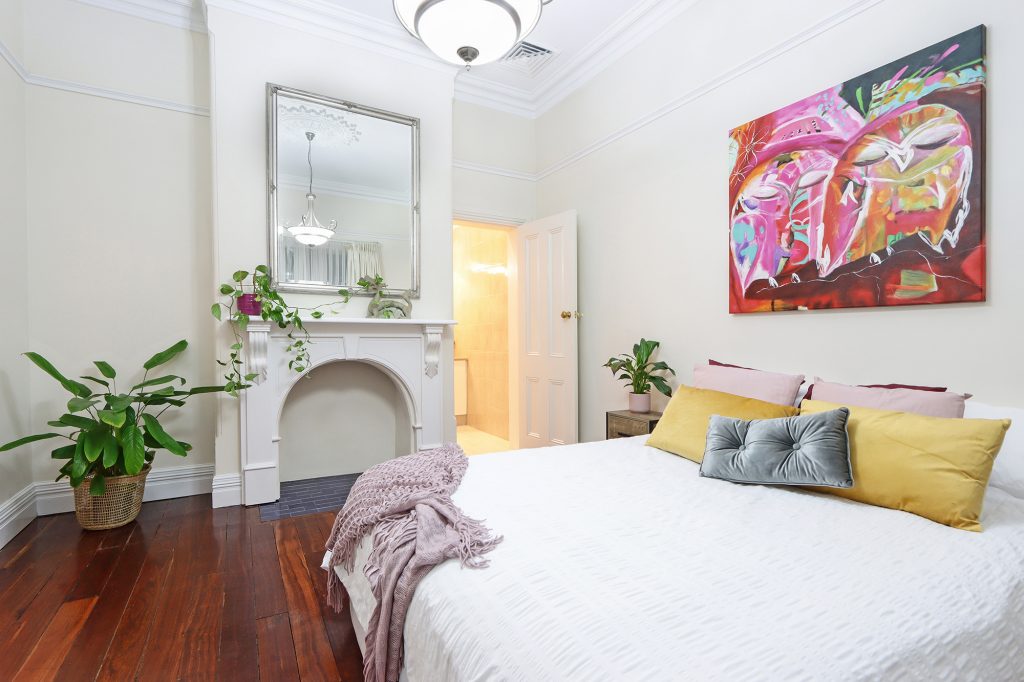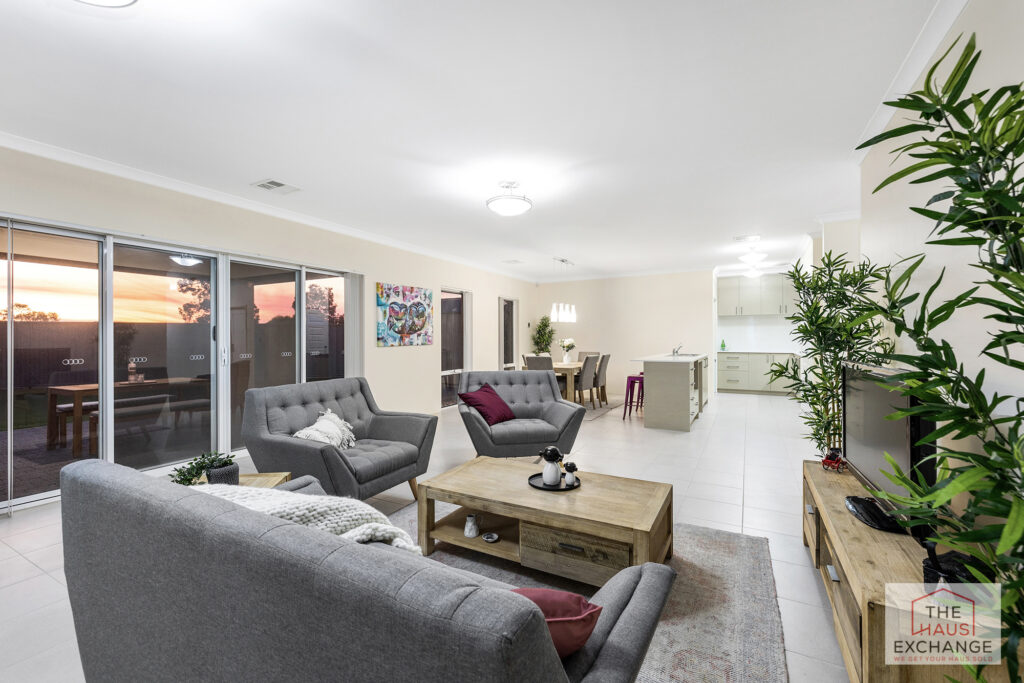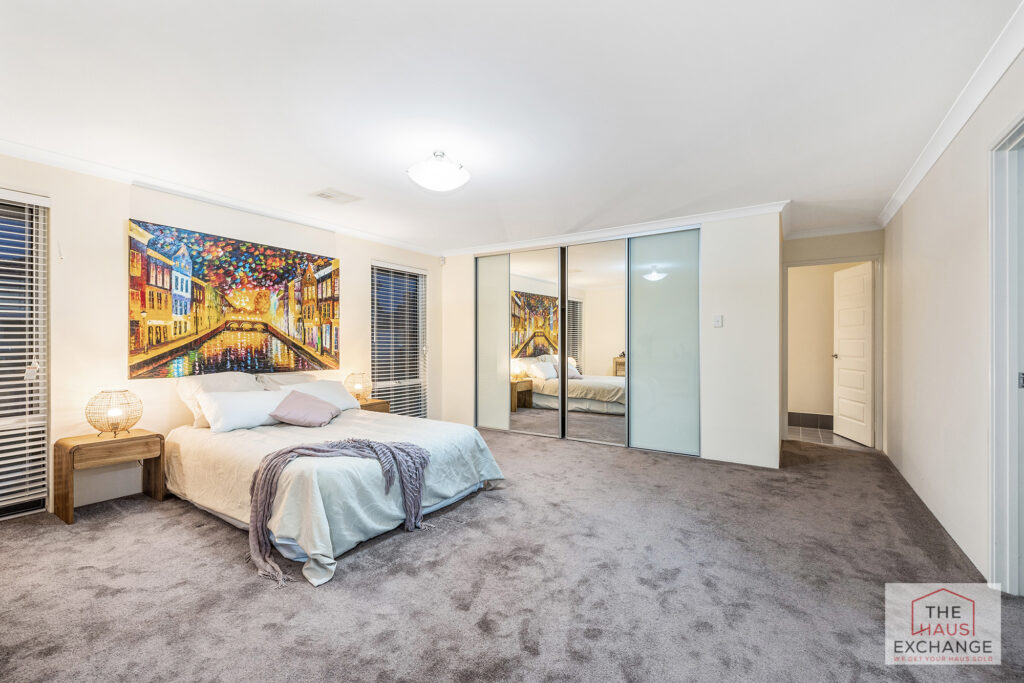Setting realistic price expectations when selling a home is crucial for attracting buyers, ensuring a quicker sale, and maximizing your return on investment. Pricing a home too high can lead to stagnation on the market, while pricing it too low can mean missing out on potential profit. Here’s how to determine a realistic price for your property:
1. Understand the Current Market Conditions
The first step in setting a realistic price is understanding whether you’re in a buyer’s market or a seller’s market:
- Seller’s Market: When demand exceeds supply, you might have more flexibility in pricing. Homes tend to sell faster, and buyers may be more willing to meet your asking price or even bid higher.
- Buyer’s Market: When there’s more supply than demand, pricing becomes more competitive. Buyers will have more options and may negotiate harder on price.
- Balanced Market: There’s enough inventory for buyers to choose from, but not an overwhelming number of options. Homes tend to sell at fair market value, with little room for overpricing.
Your agent will be able to provide insight into the market conditions in your area.
2. Comparative Market Analysis (CMA)
One of the most important tools for determining a realistic price is a Comparative Market Analysis (CMA). This report compares your home to similar properties that have recently sold in your area. Your agent will look at factors like:
- Recent Sales (Comps): Look at properties that are similar in size, style, age, and condition. Pay special attention to those that sold in the last 3 to 6 months.
- Active Listings: Check how your home compares to similar properties currently on the market. This helps you understand what buyers will see when they search in your area.
- Pending Listings: Homes that are under contract can give a good indication of current market demand and what buyers are willing to pay.
A CMA will give you a realistic range for your home’s price, taking into account what similar properties have actually sold for, not just what sellers are asking.
3. Consider Your Home’s Condition and Features
When setting a price, be honest about your home’s condition and how it stacks up against the competition. Consider these factors:
- Upgrades & Renovations: Homes with recent improvements (kitchens, bathrooms, etc.) can typically command higher prices.
- Curb Appeal & Interior Condition: Homes that are well-maintained both inside and out tend to fetch higher prices.
- Unique Features: Special features (e.g., a pool, finished basement, smart home technology, or a prime location) can add value.
- Home Inspection: Consider whether you need to make any repairs before listing. Minor repairs or cosmetic improvements (fresh paint, new carpet, etc.) can add value and allow you to price higher.
If your home is in need of significant repairs, consider how much this will impact the price. In some cases, pricing your home slightly lower to reflect necessary work can attract more buyers.
4. Account for Your Timeframe
Your desired timeline can influence your pricing strategy:
- Quick Sale: If you need to sell quickly (e.g., due to a job transfer, financial reasons, etc.), you might want to price more competitively to attract more buyers.
- Maximized Price: If you’re not in a rush to sell, you might be willing to test a higher price, knowing it could take longer to find the right buyer.
Keep in mind that homes that linger on the market for an extended period can develop a stigma, making them harder to sell down the line.
5. Evaluate the Local Economy and Trends
Local economic factors can influence home prices. Pay attention to:
- Interest Rates: Higher interest rates may reduce buyer purchasing power, which can affect how much buyers are willing to pay for a home.
- Economic Growth/Decline: Economic conditions in your city or region (job growth, new businesses, etc.) can impact demand and pricing.
- Supply and Demand: Look at inventory levels in your area. A shortage of homes for sale (low inventory) will likely push prices up, while a surplus of homes (high inventory) could drive prices down.
6. Consider Your Emotional Attachment
As a seller, it’s natural to feel attached to your home, but emotional bias can cloud your judgment when setting the price. It’s important to be objective and base your price on facts and market data, rather than how much you feel your home is worth personally. A realistic price is one that reflects current market trends and comparable properties, not sentimental value.
7. Stay Flexible and Open to Adjusting
Even if you start with a solid pricing strategy, be open to adjusting your price if you aren’t receiving offers or feedback suggests it’s too high. It’s normal for sellers to adjust the listing price based on how the market reacts. If after a few weeks you’re not seeing interest, a price reduction might be necessary.
8. Consult with Your Agent
Your real estate agent is your best resource when it comes to setting a realistic price. They have access to the latest market data, understand the local trends, and can provide insight into what buyers are willing to pay for homes similar to yours. A skilled agent will help you price competitively to attract interest while still achieving your financial goals.
Common Pricing Mistakes to Avoid
- Overpricing: Setting the price too high can lead to extended market time, fewer showings, and eventual price reductions that may harm your home’s perceived value.
- Underpricing: While pricing lower might attract more interest, you risk leaving money on the table. You want to balance competitive pricing with fair market value.
- Ignoring Market Trends: Not taking into account the current market conditions or pricing your home based on past trends can lead to unrealistic expectations.
Final Thoughts
Pricing your home realistically is about balancing your goals with market realities. By considering market conditions, a detailed CMA, your home’s condition, and the local economy, you can set a price that reflects the true value of your home while still attracting potential buyers. Working closely with an experienced real estate agent will help ensure that you get the best possible price within a reasonable timeframe.










